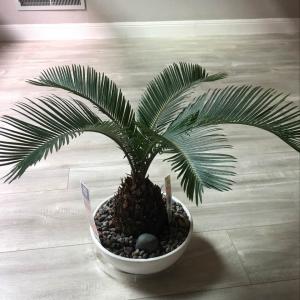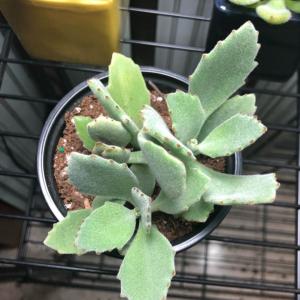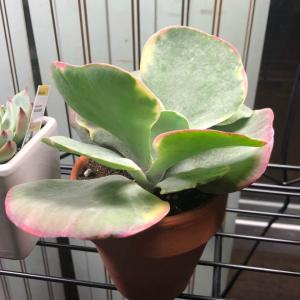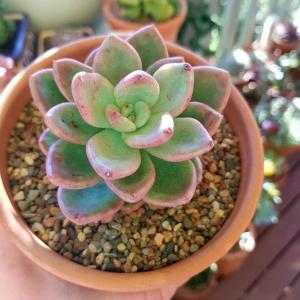成长记
Lucky Coyote
2018年04月29日

I now added "echeveria gibbiflora (?)" in my "garden"
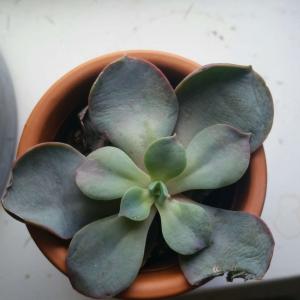

1
0
meriunkat:Or echeveria Perle Von Nurnberg?
成长记
sofiag
2018年04月29日

I now added "Echeveria ?" in my "garden"
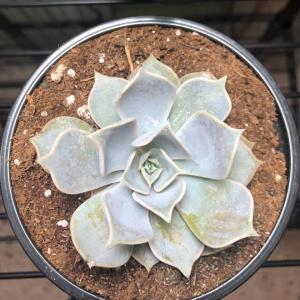

0
0
sofiag:@Ueca thanks!
Ueca:Echeveria lilacina
文章
Miss Chen
2018年04月29日

If you're a vegetable gardener who enjoys growing green beans (Phaseolus vulgaris), you can choose from dozens of different varieties, all flavorful when picked at their peak from a home garden. For a bean that's equally good picked young or at a more mature stage, try a flat-podded green bean variety. Often called Italian beans, the plants thrive and produce a heavy crop when given sun, well-drained soil and a bit of extra care.

Getting Started
Like all green beans, Italian beans are frost-sensitive and grow as annuals in all parts of the United States. If winter temperatures drop below freezing and spring is cool where you live, wait until all danger of frost has passed and your soil temperature is at least 60 degrees Fahrenheit, to ensure seed germination by eight to 10 days after planting.
You can choose Italian beans that grow as tall vines -- pole beans -- or as more upright plants -- bush beans. For example, a cultivar called 'Romano' is a pole bean that's 6 to 9 feet tall and yields beans in about 60 days, while a bush variety of 'Roma II' is only about 20 inches tall and takes 53 days to produce beans for harvest. If you grow a pole type, space seeds about 4 to 6 inches apart in rows, or plant in small hills, with four to six seeds per hill. Space rows about 3 feet apart and allow 30 inches between hills. For bush beans, plant in rows with 2 to 4 inches between seeds and 18 to 24 inches between rows. For any type, plant seeds about 1 inch deep and water well after planting.
Sun, Soil and Water
For strong plants that produce a heavy crop of beans, choose a planting spot that gets full sun for most of the day. These plants grow in any type of garden soil that's well-drained and don't require fertilization. Instead of fertilizing, boost the soil's fertility by adding about 2 inches of compost to your planting area before seeding, mixing it into the soil well.

The plants do best when they receive even moisture. One inch of water each week, including rain, is ideal. Good moisture is especially important during blooming and when pods start forming, so provide extra water during dry spells. Water with a soaker hose or drip irrigation to keep foliage dry and prevent fungal growth. Adding about 2 inches of mulch under the plants also helps conserve soil moisture.
Other Requirements
If you grow pole-type Italian beans, provide a trellis or fence at least 5 feet tall to keep vines off the soil, but set this in place before planting to avoid damaging plant roots. The plants produce tendrils that naturally adhere to wire or string.

Getting Started
Like all green beans, Italian beans are frost-sensitive and grow as annuals in all parts of the United States. If winter temperatures drop below freezing and spring is cool where you live, wait until all danger of frost has passed and your soil temperature is at least 60 degrees Fahrenheit, to ensure seed germination by eight to 10 days after planting.
You can choose Italian beans that grow as tall vines -- pole beans -- or as more upright plants -- bush beans. For example, a cultivar called 'Romano' is a pole bean that's 6 to 9 feet tall and yields beans in about 60 days, while a bush variety of 'Roma II' is only about 20 inches tall and takes 53 days to produce beans for harvest. If you grow a pole type, space seeds about 4 to 6 inches apart in rows, or plant in small hills, with four to six seeds per hill. Space rows about 3 feet apart and allow 30 inches between hills. For bush beans, plant in rows with 2 to 4 inches between seeds and 18 to 24 inches between rows. For any type, plant seeds about 1 inch deep and water well after planting.
Sun, Soil and Water
For strong plants that produce a heavy crop of beans, choose a planting spot that gets full sun for most of the day. These plants grow in any type of garden soil that's well-drained and don't require fertilization. Instead of fertilizing, boost the soil's fertility by adding about 2 inches of compost to your planting area before seeding, mixing it into the soil well.

The plants do best when they receive even moisture. One inch of water each week, including rain, is ideal. Good moisture is especially important during blooming and when pods start forming, so provide extra water during dry spells. Water with a soaker hose or drip irrigation to keep foliage dry and prevent fungal growth. Adding about 2 inches of mulch under the plants also helps conserve soil moisture.
Other Requirements
If you grow pole-type Italian beans, provide a trellis or fence at least 5 feet tall to keep vines off the soil, but set this in place before planting to avoid damaging plant roots. The plants produce tendrils that naturally adhere to wire or string.
0
0



